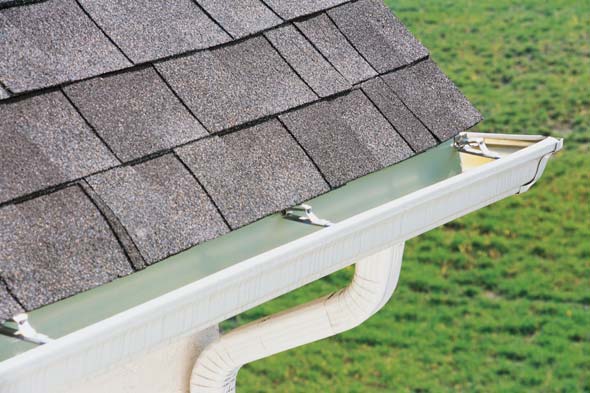Eavestroughs or gutters as they’re commonly known in the U.S. are part of a home’s water drainage system and consist of a series of narrow channels installed against the edge of a home’s roof – collecting and diverting rainwater that’s shed by the roof. Water collected by the eavestrough is normally fed through a downspout from the roof edge to the base of your house where it is either discharged via runoff or collected. In Toronto, we see eavestroughs in all houses, but many of us don’t fully understand how they work and why they’re so critical to preventing basement leaks.
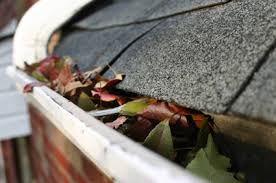
Photo courtesy of Cleanerwindows.ca
Eavestroughs aid in channeling water away from your homes foundation, thereby reducing erosion, and preventing leaks in your basement or crawlspace. If your eavestrough system is faulty in any way, most of the water being shed by your roof could soak down and cause a basement flood. One of the largest culprits of faulty eavestroughs is caused by clogging. Clogged eavestroughs can cause water to back up and enter your home creating a wet basement. Proper maintenance twice a year is critical to remove leaves and other debris which can overflow your eavestroughs and lead water to soak your foundation. Clogged eavestroughs can also damage your roof structure and exacerbate ice dams during cold weather.
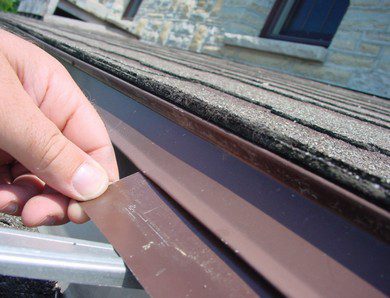
Photo courtesy of Stevemaxwell.ca
Broken eavestroughs are a major source of water build up. Now with the spring thaw taking place, winter damage from things like heavy ice buildup or high winds may have caused your eavestrough brackets to snap off. This can cause your eavestroughs to sag or crack. When your eavestroughs are damaged, this will greatly impair their draining ability and will in fact be a source of water buildup close to your foundation increasing the risk of a flooded basement.
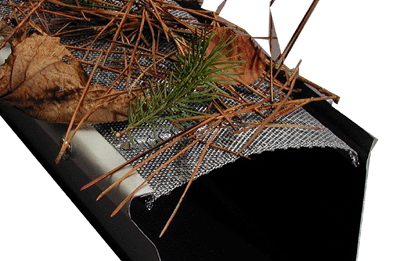
Photo courtesy of diylife.com
Debris flowing through your eavestroughs can block your downspouts which is another point of obstruction where water can overflow, creating a big mess for your home’s foundation. If the eavestroughs and downspouts are clear and running freely, the last thing to consider is your runoffs. Runoffs lead the water away from your house toward a location safe enough not to flow back to your house. During this time of year, it’s important to ensure that where the downspouts meet the runoff point, you’ve cleared any large ice or debris buildup which could create a bottleneck as the spring thaw brings high amounts of melting snow and ice down your eavestroughs and downspouts.
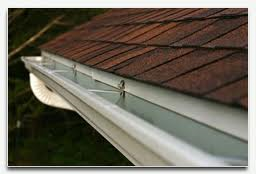
Photo courtesy of Ottawa.eavestroughcleaning.ca
Any potential damage or problem with your eavestroughs, downspouts or runoffs can create a wet basement so proper maintenance is highly recommended. If your house foundation already has a crack or weak point, any water that pools as a result of a faulty water drainage system could end up flooding your basement. Prevent a wet basement come spring by having a basement waterproofing professional inspect your foundation and ensure your water drainage system works as intended.




